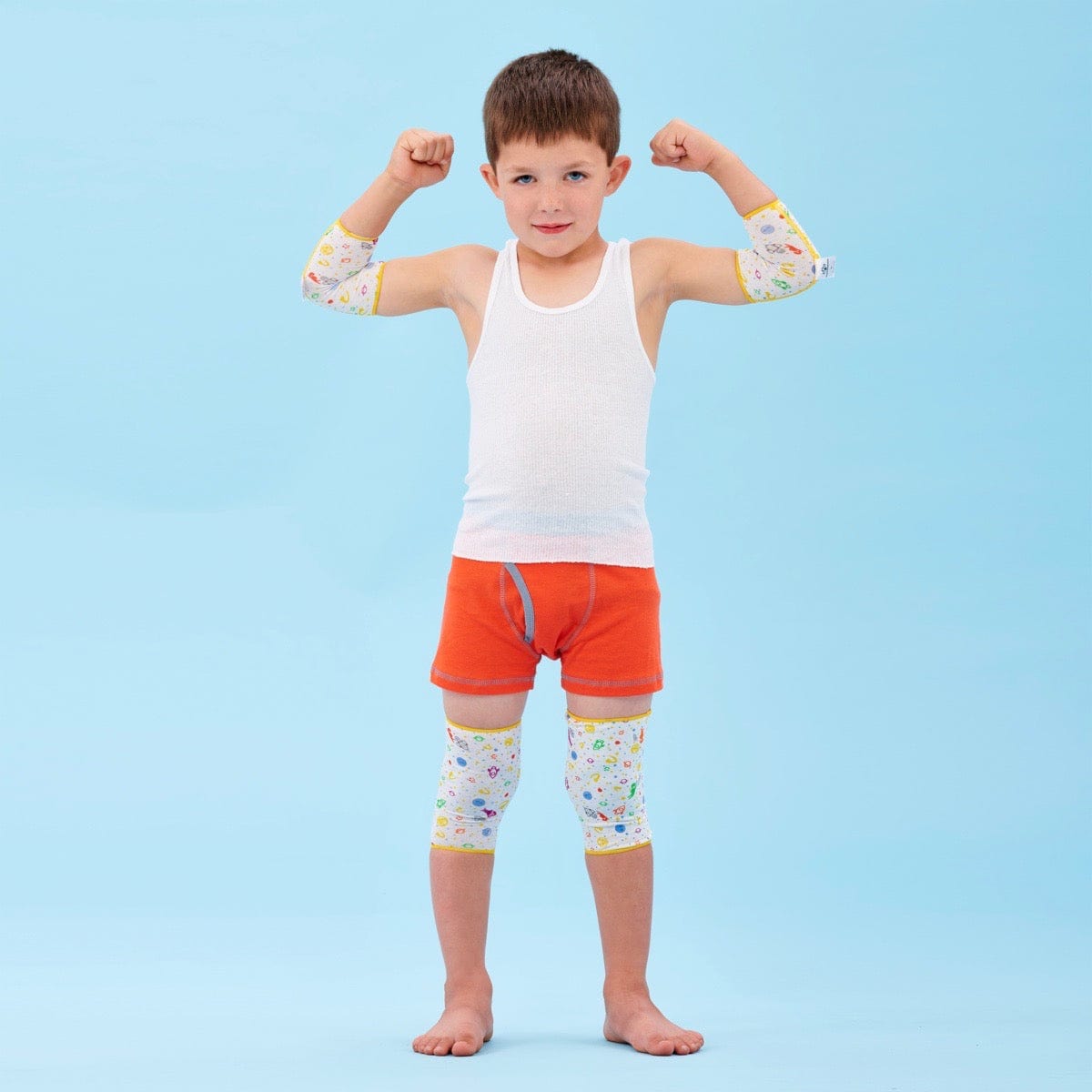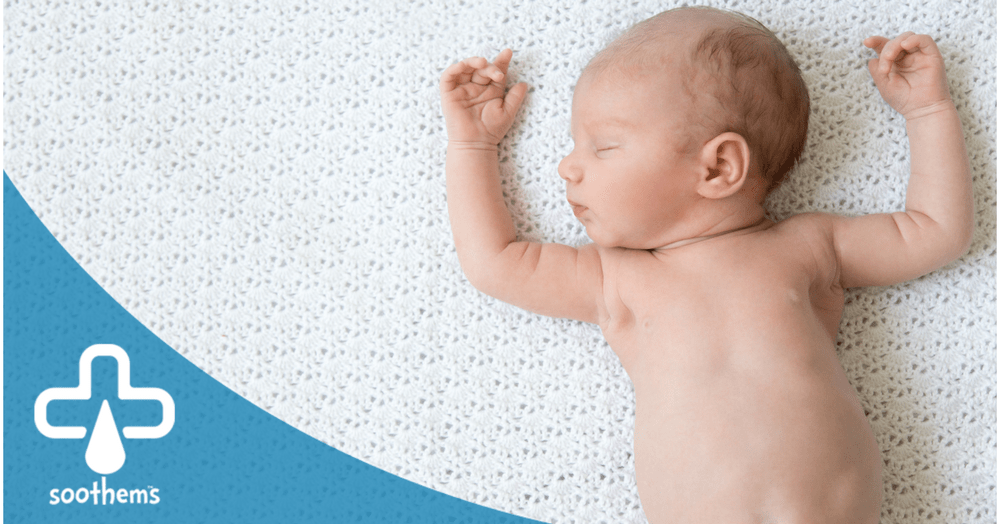What is Baking Soda?

Baking Soda, also known as “Sodium Bicarbonate” (or NaHCO3), is an alkaline compound, composed of salt (Na) and a bicarbonate anion (HCO3). The fine white powder, commercially called baking soda has hundreds of helpful uses ranging from cooking, cleaning and as a health and medical solution. Don’t confuse baking soda with another common cooking ingredient, baking powder, they do not do the same things.
We don’t want to take you back to your high school chemistry class, but the difference between baking soda and powder is in the chemical compound. Baking soda has a very high pH value which will trigger a chemical reaction when mixed with acidic substances like lemon juice, vinegar, buttermilk, sour cream, and other common food ingredients, releasing carbon dioxide as the mixture morphs to a neutral pH value. Baking powder is actually a derivative of baking soda, with the addition of two acids which naturally levitate other ingredients when baking, so no other acid-based ingredients are needed to trigger the reaction.
All of this sounds quite intellectual for a substance that is used to deodorize your refrigerator, gently scour the enamel of human teeth, treat heartburn, and baking bread.
A Natural Remedy for Many Health Issues – Including Eczema
Not an old wives tale, baking soda is truly the original cure-all and natural remedy for solving many common household problems and health issues including helping relieve the symptoms of atopic dermatitis/eczema.
Baking sodas possible uses are so broad it almost seems what do you not use baking soda for? We can’t think of anything but here is a list of some of the more common uses that baking is soda is great for:
- Household cleaning uses for baking soda include – scrubbing grease and grit off of pots and pans; removing alkaline build upon a battery terminal; extinguishing a kitchen grease fire; neutralizing strong perspiration odors that are embedded in fabrics; eliminating odors on a chopping board, cooking utensils or inside the refrigerator to name a few.
- Health care uses for baking soda - as a cold deterrent and reliever when mixed with juices or lemons and consumed as an elixir; for fast relief of acid indigestion when mixed with water; mixes as a paste and used as deodorant; a great substitute of shaving cream on sensitive skin; also added grit for brushing your teeth without damaging the enamel; and baking soda is excellent for helping irritated skin. Everything from sunburn, insect bites, poison ivy, prickly heat, chickenpox, and will help relieve and treat atopic dermatitis or eczema symptoms.
How to Create a Natural, Therapeutic Eczema Treatment Bath Using Baking Soda:
-
Draw a Tub full of Warm Bath Water:
- Do not make the bathwater too hot. The temperature should be warm to the touch.
-
Baking Soda Bath Recipe:
- Add 1 cups of Baking Soda to a bathtub of between 20 = 30 gallons of water.
-
Bathing:
- Soak in the tub of water for approximately 10 - 15 minutes.
- Rinse off with clean lukewarm water to remove all residual baking soda grit.
-
Post-Baking Soda Bath:
- Pat the skin dry using a soft organic cotton or bamboo terry towel.
- Immediately apply any topical medication and/or moisturizing emollient specially formulated for treating eczema that is chemical and fragrance-free.
- Cover the treated skin with eczema clothing or pajamas. Soothems are dermatologist recommended and a premium brand of eczema clothing and sleepwear made from a special eczema friendly fabric called TEWLTect® Skin smart Fabric. This therapeutic blend of TENCEL™ - infused with the biopolymer Chitosan and viscose made from organic bamboo and encapsulated in zinc oxide.





Leave a comment
All comments are moderated before being published.
This site is protected by hCaptcha and the hCaptcha Privacy Policy and Terms of Service apply.